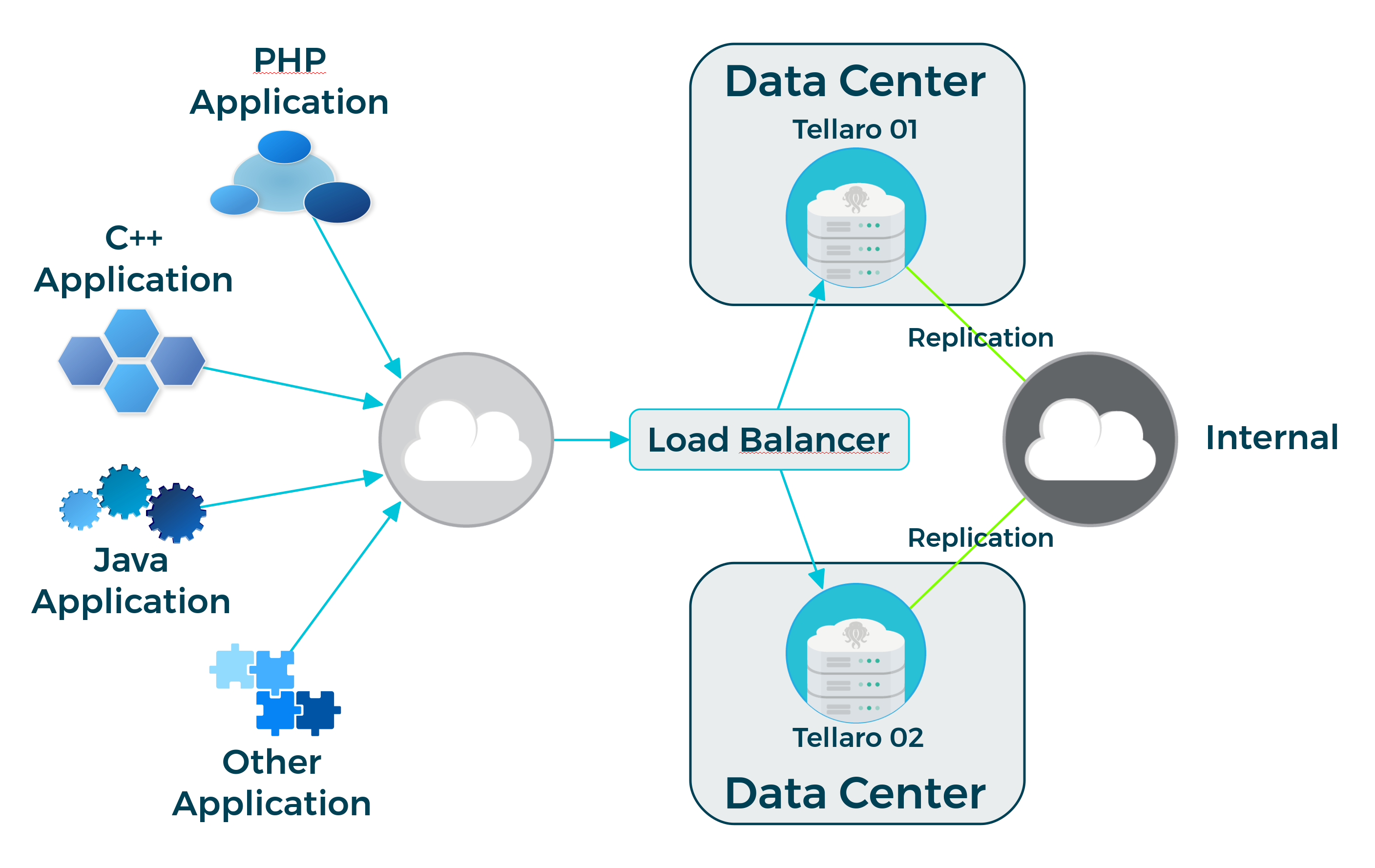- Release Notes
- Introduction
- Installation
- SKFS Installation Checklist
- Standalone Installation
- Clustered Installation
- Dockerized Installation
- Install HAProxy Load Balancer
- Upgrading SKFS
- Upgrading to SKFS 4.16.0
- Upgrading to SKFS 4.15.1
- Upgrading to SKFS 4.15.0
- Upgrading to SKFS 4.14.0
- Upgrading to SKFS 4.13.2
- Upgrading to SKFS 4.12.0
- Upgrading to SKFS 4.11.0
- Upgrading to SKFS 4.10.0
- Upgrading to SKFS 4.9.0
- Upgrading to SKFS 4.8.0
- Upgrading to SKFS 4.7.0
- Upgrading to SKFS 4.6.0
- Upgrading to SKFS 4.5.0
- Back
- Simulating Node Failures
- Removal
- Back
- Administration
- Operations
- Security
- Operating System
- Policy
- SKFS Policy Module (PM)
- JSON Schema
- Minimal (Any Hardware Authenticator)
- Moderate (Specific Authenticators)
- Strict (All Biometric Devices)
- Strict (Android SafetyNet)
- Restricted (TPM)
- Restricted (Android)
- Restricted (Apple PassKey)
- Restricted (FIPS)
- MetaDataService (MDS)
- FIDO Policy Options
- Back
- Back
- Configuration
- CLI Tool
- FIDO Operations (skfsclient)
- Admin Operations (skfsadminclient)
- Ping SKFS (P)
- Get Policy (GP)
- Create Policy (CP)
- Update Policy (UP)
- Delete Policy (DP)
- Get Configuration (GC)
- Update Configuration (UC)
- Delete Configuration (DC)
- Update Username (UU)
- Get User Keys (GUK)
- Add ROR (AR)
- Get ROR (GR)
- Update ROR (UR)
- Update and disable ROR (UDR)
- Add DAL Target (ADT)
- Get DAL Target (GDT)
- Update DAL Target (UDT)
- Update DAL target and disable (UDTD)
- Add x509fingerprint (ADFP)
- Update x509fingerprint (UDFP)
- Update x509fingerprint and disable (UDFPD)
- Back
- Back
- SSO
- Back
- How To ...
- Add an Additional Server to the SKFS Cluster
- Create and add new alias
- Debug Replication Issues
- Manage FIDO Metadata Service (MDS)
- Manage Keystores or Certificates
- Manage DAL
- Manage ROR
- Manage SKFS Policy
- Manage SKFS Configuration
- Perform SKFS Operations
- Replace a Server in the SKFS Cluster
- Back
- Troubleshooting
- Standalone Node Troubleshooting Guide
- Clustered Node Troubleshooting Guide
- Error Codes and Their Meanings
- Solutions for Known Issues
- Certificate not found in truststore while Authentication in Discover
- CORS Missing Allow Origin or ERR_CERT_AUTHORITY_INVALID
- Json could not be parsed : Invalid 'request type'
- Json could not be parsed : Policy requires counter
- JWT CIP 192.168.x.xx does not match: [localhost]]]
- mysql binary does not exist or cannot be executed
- Remote server does not listen for requests on [localhost:4848]
- RPID Hash invalid - Does not match policy
- This security key doesn't look familiar. Please try a different one.
- Back
- Back
- Developer
- Sample Applications
- SKFS API
- Build SKFS from source
- Tutorial
- Discoverable Credentials
- Related Origins Requests (ROR)
- Digital Asset Links (DAL)
- Back
- Demos
- MFA Implementations

As in the first configuration, two Tellaros are deployed in one or two data centers, exposing the Tellaro's SOAP and REST web services on port 8181. The Tellaros in this scenario are behind a load balancer and the transactions can go to either Tellaro in the cluster; data is replicated asynchronously over ports 7001, 7002, and 7003.
In this configuration, application designers do not have to build in resilience to node or data center failures for their applications—the load balancer handles it for them. The applications send their web service requests to the load balancer's web service endpoint and the load balancer takes on the responsibility of managing the transaction relay to the appropriate Tellaro node based on the load balancer’s rules.
Failures of any single Tellaro are transparent to applications, since the load balancer recognizes the unavailability of the failed Tellaro and routes transactions to the available node. When the failed Tellaro rejoins the cluster, the load balancer recognizes this and starts routing transactions to the rejoined node again. The Tellaros synchronize their data automatically upon the clustered nodes seeing each other on the network again.
See also Standalone Installation, Clustered Installation, and Install HAPRoxy Load Balancer.
Copyright (c) 2001-2025 StrongAuth, Inc. (dba StrongKey) All Rights Reserved
